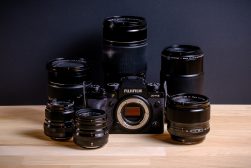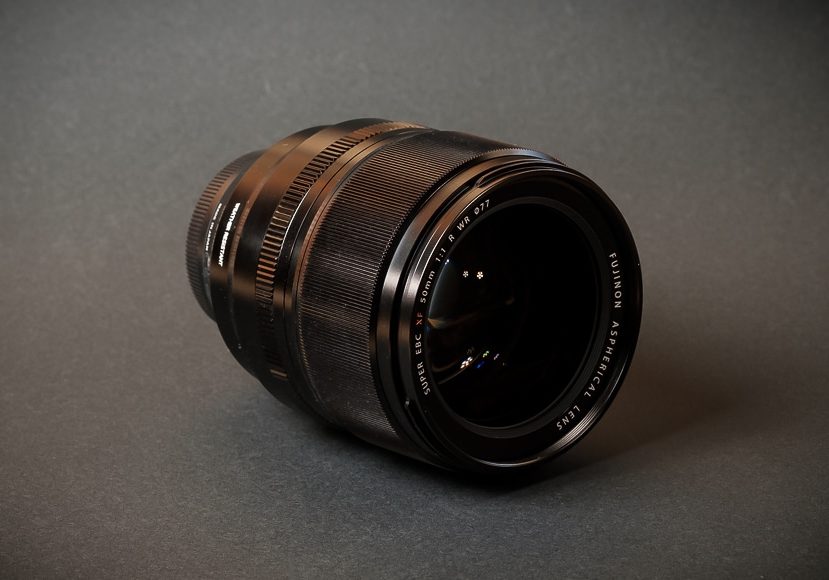
Fujifilm 50mm f/1 Lens Review
How does the Fujifilm XF 50mm f/1 stack up? Read our honest review to find out about focus performance, bokeh, image quality and more.
When people in the photography world get into conversations about wide aperture lenses, things tend to get a little heated.
There are generally two camps in this debate.
The first is the group that believes that the wider the aperture, the better. They also think that anything above f/2 is not considered a wide aperture.
What’s more, this camp tends to argue that for low light shooting, you MUST have something lower than f/2.
Then there’s the other camp, who believe that lenses with apertures wider than f/2 are becoming redundant, in part thanks to the superb optics and low light management of cameras.
They also argue you don’t need to go super wide in the aperture department for low light shooting – citing the same reasons.
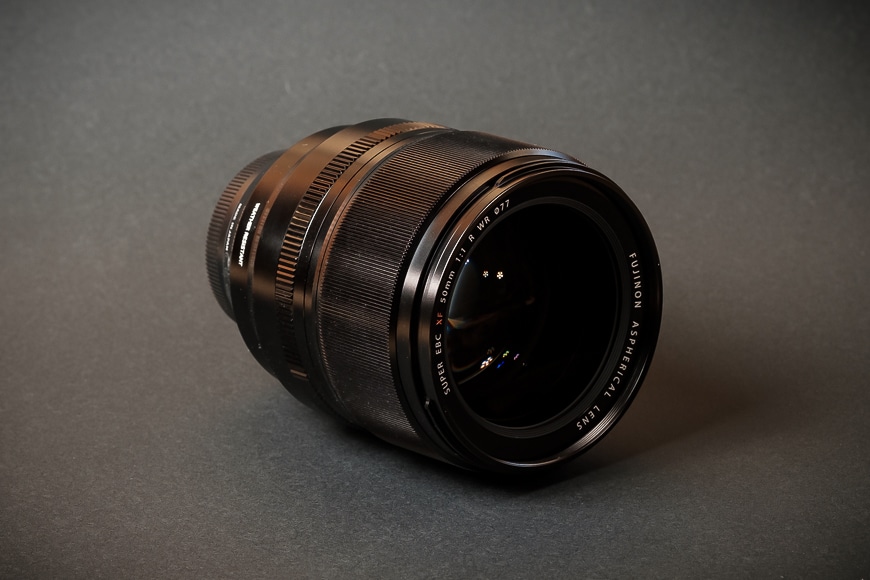
If you're looking for great image quality and breathtaking bokeh, this ambitiously fast Fuji lens is for you.
And then you throw in the elements of subject separation, quality of bokeh and image sharpness, and the temperature rises…
I’ve seen online communities erupt over this debate and seen even the strongest of friendships lost. While I may be exaggerating a little (I tend to be dramatic), there are discussions to be had about how wide an aperture is too wide.
And then along comes Fujifilm – already a well-respected brand for their impressive mirrorless cameras and stellar optical performing lenses… and drop the news that they’ve developed a Fujifilm 50mm f/1! Yes, an f/1!
I was fortunate enough to get my hands on an early copy of this lens to take it for a spin and see what all the hype was about.
Fujifilm XF 50mm f/1 Specs
- It’s an f/1!
- Weather sealing
- Amazing image quality
- Gorgeous background and bokeh effects
- Fuji quality
- Ideal for studio work
- Huge compared to most Fuji primes
- Cumebrsome weight
- Slow autofocus
- Soft wide open
- Focal length: 50mm (76mm full-frame equivalent)
- Dimensions: Ø87mm×103.5mm (3.43″ x 4.07″)
- Weight: 845g (29.8oz)
- Angle of view: 31.7 degrees
- Aperture control: 12 elements in 9 groups (includes 1 aspherical and 2 extra-low dispersion elements)
- Minimal focus: 70cm – ∞
- Filter Thread: Ø77mm
- Focusing: Manual and Auto
- Weather sealing: Yes
Build & Ergonomics
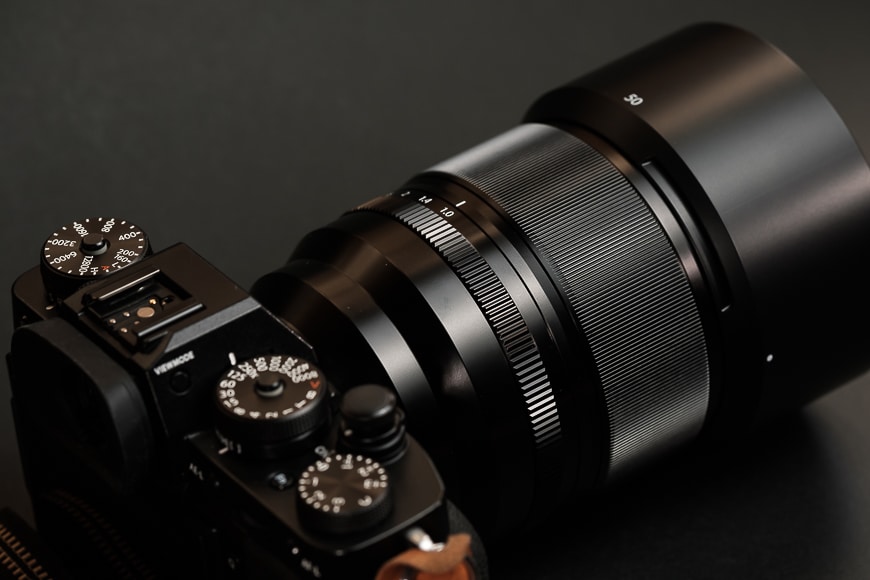
Those of you who have read any of my past reviews will know that I’m a Fujifilm fan-boy. But that doesn’t mean I’m incapable of giving constructive and unbiased criticism when it’s warranted.
As you’ll soon discover, the 50mm f/1 isn’t quite what it’s cracked up to be…
But when it comes to the build quality of Fujifilm lenses, there’s no denying that they know how to create superior glass. After all, it’s a key reason I took up Fujifilm for my hobby and pro work.
Fuji has built the Fujifilm XF 50mm f/1 like a tank. It’s an impressive lens to behold and is far bigger than most Fujifilm prime lenses – aside from the XF 200mm f/2, of course.

And when I say big, I mean big (here comes some of that unbiased criticism). This lens is huge, by Fuji standards, at 87 mm × 103.5 mm (3.43″ x 4.07″) and weighing in at 845 g.
845g is super-heavy for a prime lens, especially when you consider that the Fujifilm flagship X-T4 is only 607 g. And for comparison, the monolithic Fujifilm XF 50-140mm f/2.8 is 995 g.
It’s probably best to mention that I usually shoot with the Fujifilm XF 50mm f/2 prime that only weighs 200 g (7.05 oz) and is tiny – see my review here.
As a result, the 50mm f/1 and camera combo are very front heavy and a pain in the wrist to carry around for long periods.
As found with all Fuji lenses, the 50mm f/1 has an all-metal barrel that’s solid, robust and weather-sealed for all conditions.
The aperture ring has a nice smooth rotation from Auto and f/16 to that delicious f/1 goodness.
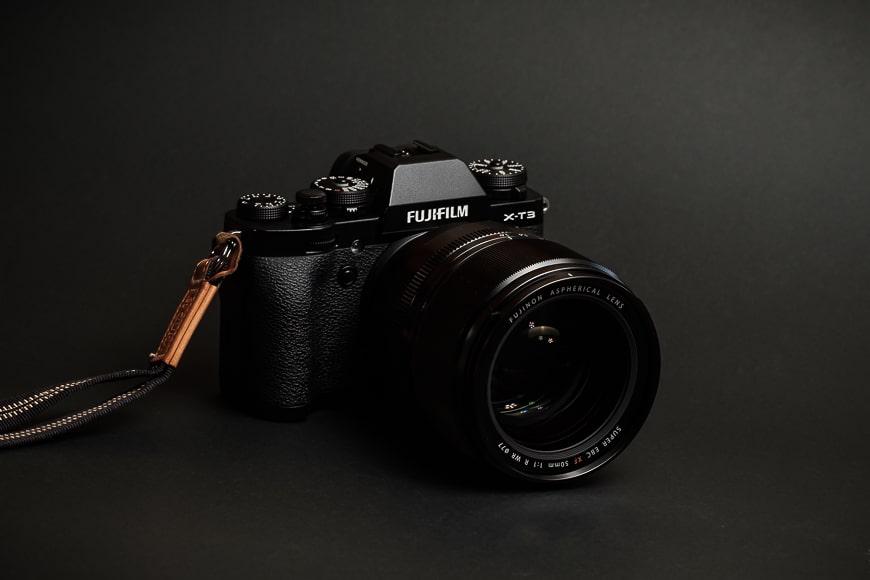
The focus ring is broad and rubberised for positive control, making it well suited to hands-on focusing during studio work.
Internally, they’ve filled the lens with magical unicorns that deliver exquisite image quality when dialled up to the right aperture.
Aside from the mythical beasts, there are 12 lens elements arranged in 9 groups that include one aspherical and two extra-low dispersion elements.
The lens also is well corrected against distortion and aberrations.
Focus Performance
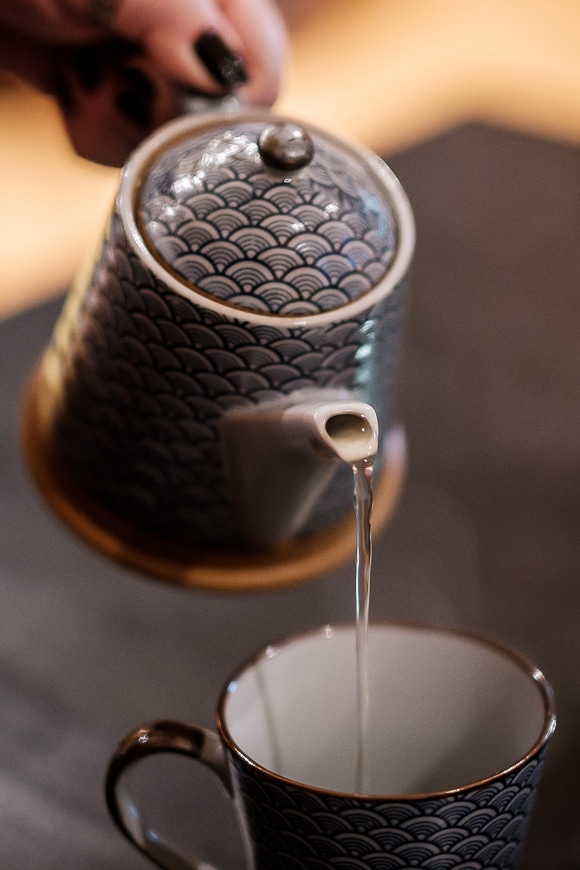
Manual focus on the Fujifilm XF 50mm f/1 is smooth and incredibly responsive. The focus ring is broad and allows you to get a good grip. Plus, there’s ample resistance to the travel to prevent sloppy focus outcomes.
When it comes to autofocus, however, the Fujifilm XF 50mm f/1 left me feeling disappointed.
I have owned, played with and reviewed almost every lens in the Fujifilm XF line-up. As a result, several elements are consistent across the range – optical performance, build quality and focus performance.
Fuji lenses, especially the more recent releases, have proven to be incredibly fast for autofocus. They’re quick to acquire focus, especially when paired with a flagship body such as the Fujifilm X-T4 or the X-Pro 3.
However, the Fuji XF 50mm f/1 felt far less responsive and not up to the same standard.
I get that it’s a lens best suited to studio portrait work and that there’s a tremendous amount of glass to be moved around internally. But as this is one of their latest, premium prime lenses, I would’ve expected the Fujifilm XF 50mm f/1 to have the latest and greatest autofocus performance.
The autofocus performance was not terrible; it was just not as fast as it should have been. In the image above, I also found it hard to nail the focus on the tip of the teapot.
Paired with a Fujifilm X-T3, the 50mm f/1 acquired focus and hold to it when using face and eye-tracking. There was little difference in the autofocus performance in low light, which is excellent to know.
Image Quality

Fujifilm XF 50mm f/1 | 1/1000 | f/1.4 | ISO 80
I mentioned earlier that three elements were usually consistent with any Fuji lens – optical performance, build quality and focus performance. When it comes to optical performance and image quality, the Fujifilm XF 50mm f/1 serves mixed results.
While its specifications suit portrait shooters, there’s no reason why this focal range cannot be used for other genres. I use my Fujifilm XF 50mm f/2 as both a street photography and product photography lens.
Keeping in mind that as an f/1 lens, the aperture is wide open, allowing a considerable amount of light to pass through the lens.
If shooting outdoors, your mechanical shutter may not be able to dial-up fast enough to limit the exposure. It will result in highlight blowouts that are unrecoverable in post-processing.
You may need to opt for a filter or switch to an electronic shutter to increase your shutter speed and combat excessive light.
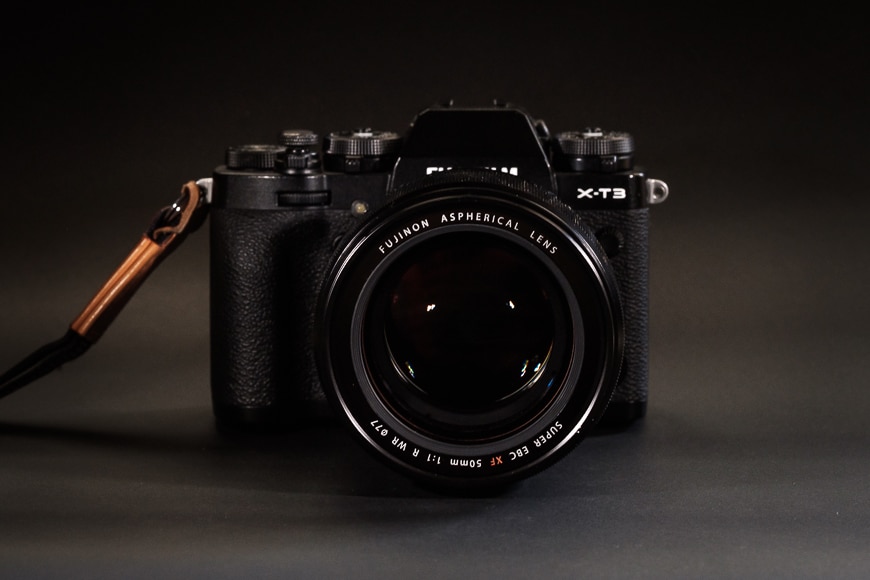
Unfortunately, image sharpness is not consistent and is softer when wide open at f/1, clearing up only at around f/2. And that raises an interesting question about the benefit of having an f/1 at all.
It’s important to note that, in my tests, the sharpness level was consistent across the entire frame – many wide primes will have sharp centres and soft edges.
When it comes to bokeh, the Fuji XF 50mm f/1 delivers delicious and unmistakable bokeh, especially wide open at f/1. If anything, the bokeh formations improve just by narrowing the aperture a little towards f/2.
Backgrounds are creamy with a beautiful soft swirl of blurriness that fades into the distance. In turn, subject separation is admirable and delivers great spacial contrast in your compositions.
Fujifilm XF 50mm f/1 Sample Images
Here are some sample images which were taken with the Fujifilm XF 50mm f/1, using a Fujifilm X-T3.

Fujifilm XF 50mm f/1 | 1/250 | f/1.3 | ISO 200
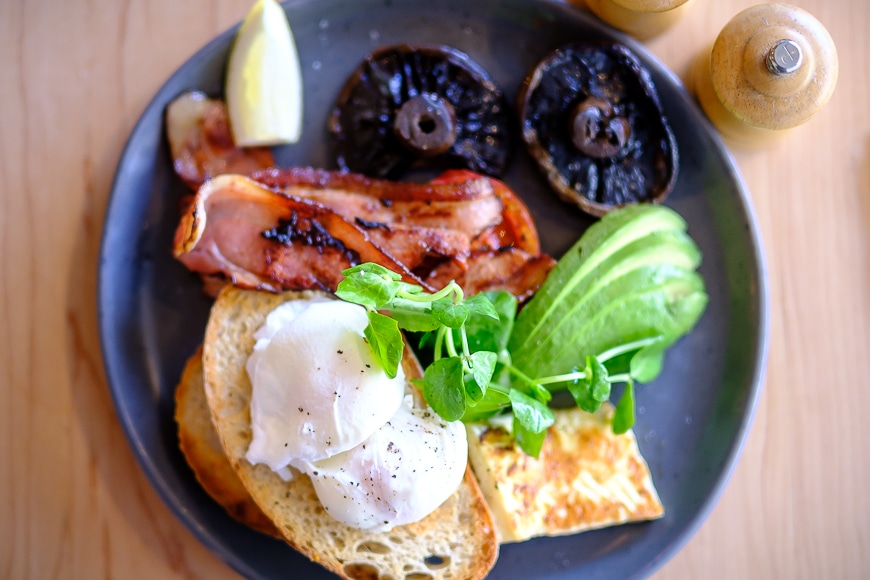
Fujifilm XF 50mm f/1 | 1/250 | f/1 | ISO 400

Fujifilm XF 50mm f/1 | 1/125 | f/18 | ISO 80

Fujifilm XF 50mm f/1 | 1/2000 | f/1 | ISO 80

Fujifilm XF 50mm f/1 | 1/125 | f/1 | ISO 1600

Fujifilm XF 50mm f/1 | 1/1000 | f/1 | ISO 80
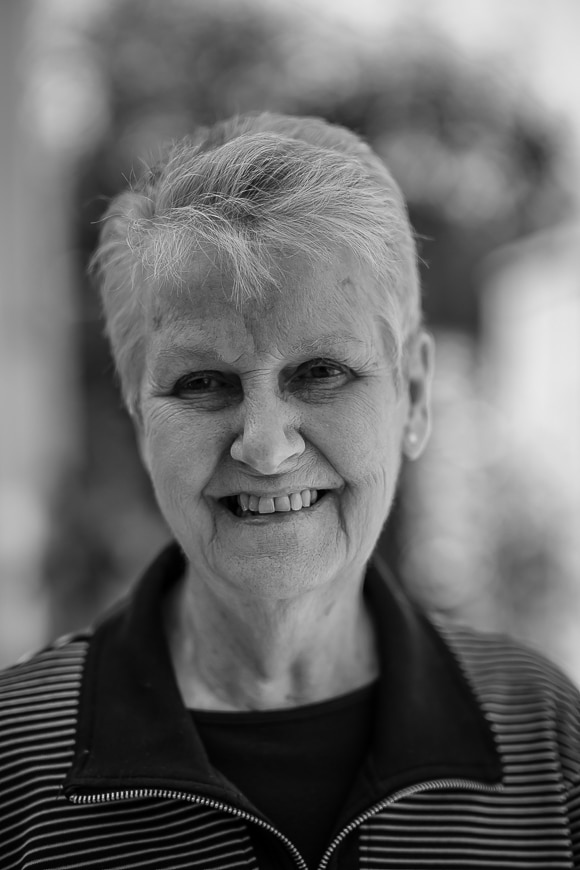
Fujifilm XF 50mm f/1 | 1/1000 | f/1.3 | ISO 80
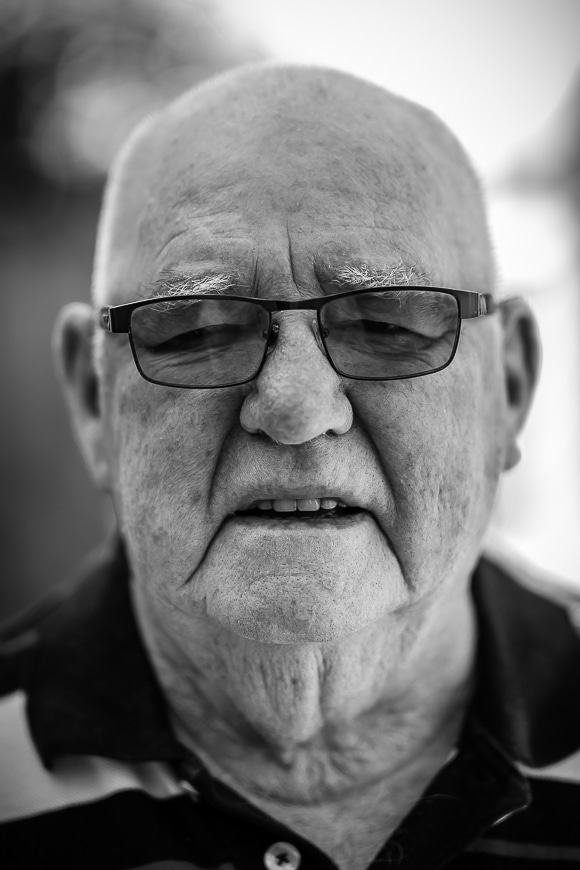
Fujifilm XF 50mm f/1 | 1/1000 | f/1.3 | ISO 80
Value for Money
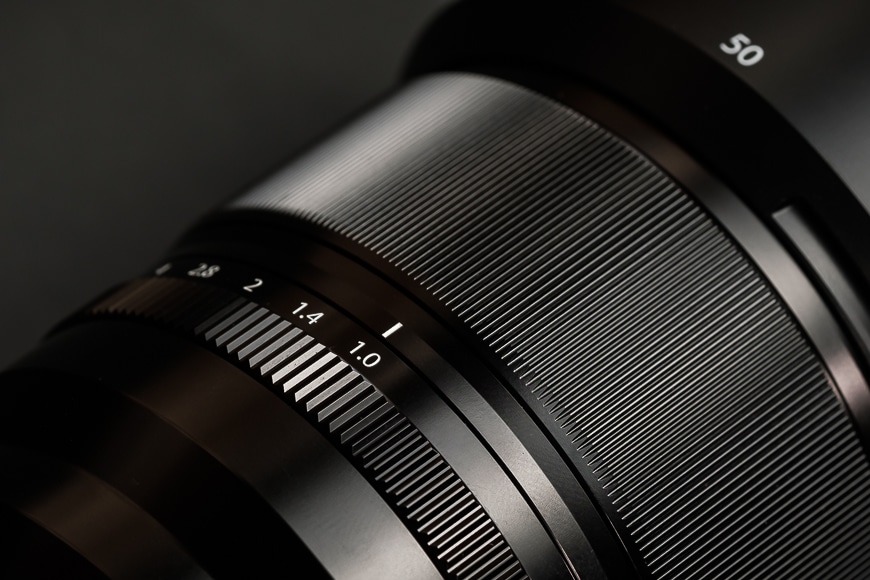
Fujifilm has done their best to make the available choices for the 50mm-ish focal range confusing. In order of release, there’s the XF 56mm f/1.2 and XF 56mm f/1.2 APD – neither of which is weather sealed.
Then there’s the nifty little XF 50mm f/2 – a weather-sealed lens that you could carry in your back pocket.
And finally, we have the XF 50mm f/1 that’s also weather-sealed but five times the size and weight.
The Fujifilm XF 56mm f/1.2 in either the standard or APD versions are among the market’s sharpest lenses. Plus, they’ve held the crown as the kings of Fuji’s portrait lenses.
But they’re older, and the autofocus performance is certainly not the best Fuji has developed. They currently retail at around US$1,000 for the standard and about US$1,500 for the APD models.
As for the XF 50mm f/2 – one of my favourite lenses, by the way – for around US$500, you have a brilliant and versatile lens fit for any purpose.
Finally, the Fujifilm XF 50mm f/1 is a weather-sealed prime with great, but not exceptional, optical performance. It’s currently retailing for around US$1,500.
While the new 50mm is the latest option to enter the Fuji 50mm range of lenses, it’s not necessarily the best.
I would argue that if you’re serious about portrait work, consider either of the 56mm lenses. They’re more consistent in their sharpness at wider apertures. Granted, they’re not weather-sealed, but these kinds of portrait lenses work best in controlled conditions like a studio.
However, if you want weather sealing and an f/1 aperture to capture super-thin focal planes while working effortlessly in any lighting conditions, the XF 50mm f/1 is for you.
Fujifilm XF 50mm f/1 Review | Conclusion
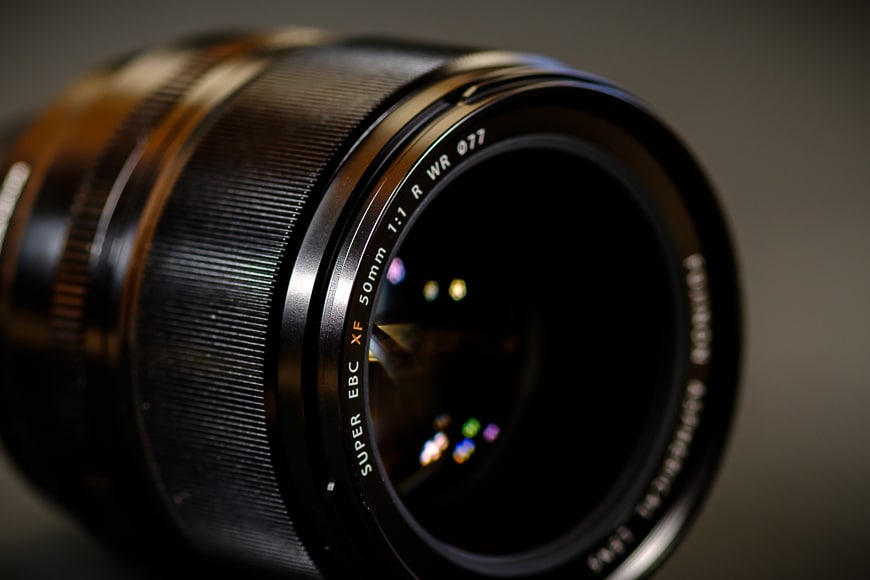
I’m not much of a portrait photographer, but I’ve done my fair share over the years. I enjoyed using the Fujifilm XF 50mm f/1 for its image quality and shallow depth of field wide open.
The photos above of my parents demonstrate the purpose and value in a lens like this. If you have stationary subjects posing for a shot, the 50mm f/1 will deliver beyond your expectations.
I currently only own the Fujifilm XF 50mm f/2 and have no intention of upgrading as I don’t have a use for the new lens.
If you own either of the Fujifilm XF 56mm f/1.2 lenses, I’d recommend you stick with what you already have and stay out of the rain.
The Fujifilm XF 50mm f/1 is a gorgeous lens that has a lot going for it. And I do not doubt that Fujifilm achieved the best results they could within the technical and optical restraints that existed.
But I don’t know if that warrants such a speciality portrait lens that performs at its best only in certain conditions.

If you're looking for great image quality and breathtaking bokeh, this ambitiously fast Fuji lens is for you.










